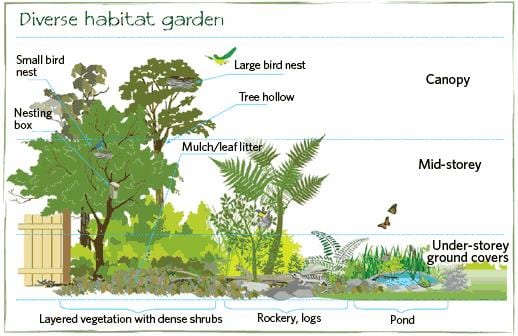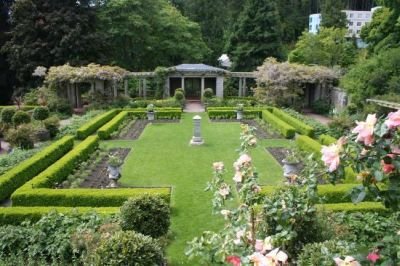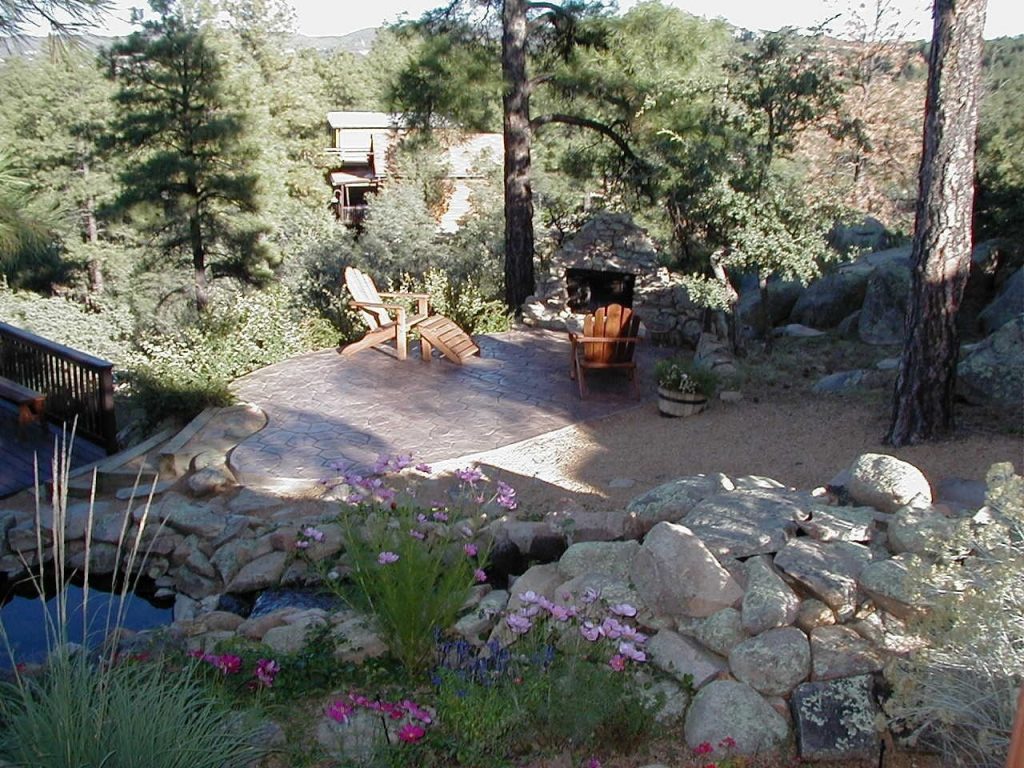What Does Hilton Head Landscapes Mean?
Table of ContentsThe Facts About Hilton Head Landscapes UncoveredExcitement About Hilton Head LandscapesThe Buzz on Hilton Head LandscapesThe Main Principles Of Hilton Head Landscapes The 2-Minute Rule for Hilton Head LandscapesHow Hilton Head Landscapes can Save You Time, Stress, and Money.Facts About Hilton Head Landscapes Revealed
Line develops all types and patterns and can be used in a variety of methods in the landscape. Line in the landscape is created by the side between two products, the rundown or shape of a type, or a lengthy direct attribute. Lines are a powerful tool for the designer since they can be used to create a limitless range of forms and forms, and they regulate activity of the eye and the body.

Lines can have one or more features, such as those defined below, however they typically offer various purposes. Figure 1. Lines in the landscape - landscape design hilton head. The properties of lines identify just how individuals react to the landscape, both psychologically and physically. Straight lines are structural and powerful; they develop an official personality, are usually connected with an in proportion style, and lead the eye straight to a prime focus.
Excitement About Hilton Head Landscapes
Straight lines are usually found in hardscape edges and material. Curved lines create an informal, natural, kicked back character that is associated extra with nature and asymmetrical balance. Curved lines move the eye at a slower pace and include mystery to the space by creating surprise views. Vertical lines move the eye up, making a space really feel larger.
Upright lines in the landscape consist of high, narrow plant material, such as trees, or high frameworks, such as an arbor or a bird residence on a pole. Horizontal lines move the eye along the ground aircraft and can make an area really feel bigger. Reduced lines are much more restrained and create a sensation of remainder or repose.
Some Known Details About Hilton Head Landscapes
Lines are likewise developed by the vertical types of built functions and plant material. There are three main line kinds that develop type in the landscape: bedlines, hardscape lines, and plant lines.
Bedlines connect plant product to the residence and hardscape since the eye complies with the line, moving the stare with the landscape. Hardscape lines are produced by the edge of the hardscape, which marks the developed framework. Line can additionally be developed by lengthy and slim products, such as a fence or wall surface.
An Unbiased View of Hilton Head Landscapes
Kind is found in both hardscape and plants, and it is usually the dominant aesthetic component that spatially arranges the landscape and typically establishes the style of the yard. The kind of frameworks, plant beds, and garden ornaments also establishes the overall kind style of the yard. Formal, geometric forms consist of circles, check my source squares, and polygons.
Plants develop type in the yard through their lays out or silhouettes, however kind can likewise be defined by a space or adverse space between plants - landscape design hilton head (https://www.find-us-here.com/businesses/Hilton-Head-Landscapes-Hilton-Head-Island-South-Carolina-USA/34094024/). Circles can be full circles, or they can be split into half circles or circle sections and incorporated with lines to produce arcs and tangents
Getting The Hilton Head Landscapes To Work
Circles can additionally be extended right into ovals and ellipses for more range and interest. Circles are a solid style type because the eye is always attracted to the center, which can be made use of to emphasize a centerpiece or connect various other forms. Figure 2. Circular types in hardscape and yard panels.
The square type can additionally be segmented and previously owned consistently to produce a grid pattern. Unlike circles, squares are stronger on the edges, which can be aligned or overlapped to develop special patterns and even more complex forms. Polygons are many-sided types with straight sides. Triangles, for instance, are three-sided polygons.
Meandering lines commonly simulate the natural training course of rivers or streams and can be referred to as smooth lines with deeply bent wavinesses. Twisting lines (Figure 3) work well for pathways, plant bedlines, and completely dry stream beds. Meandering lines can add passion and secret to a garden by leading customers around edges to find brand-new views and areas.
A Biased View of Hilton Head Landscapes

Number 5. Fragmented sides: tipping stones in path. Form is one of the most enduring quality of a plant (Landscaping bluffton sc). https://www.twitch.tv/h1tnhdlndscps/about. Usual plant forms are well established and standard, as type is one of the most consistent and identifiable feature of plants. Kind can additionally be produced via the massing of plants, where the overall mass develops a different type than a private plant.
An extremely contrasting kind has to be made use of with careone or more work well as a centerpiece, however way too many create disorder. All-natural plant kinds, instead of over-trimmed forms, ought to develop the bulk of the make-up. The relevance of overall kind is essentially dependent on the seeing perspectivethe type of a tree can appear rather various to an individual standing under the cover versus watching the tree from a distance in an open field.
Hilton Head Landscapes Can Be Fun For Anyone
Plant types also create and define the space or open spaces between the plants, creating either convex or scooped forms in the voids. High-arching tree branches commonly develop a concave open room under the branches, and a rounded canopy with reduced branches loads the space to develop a convex kind outdoors area under the tree.
